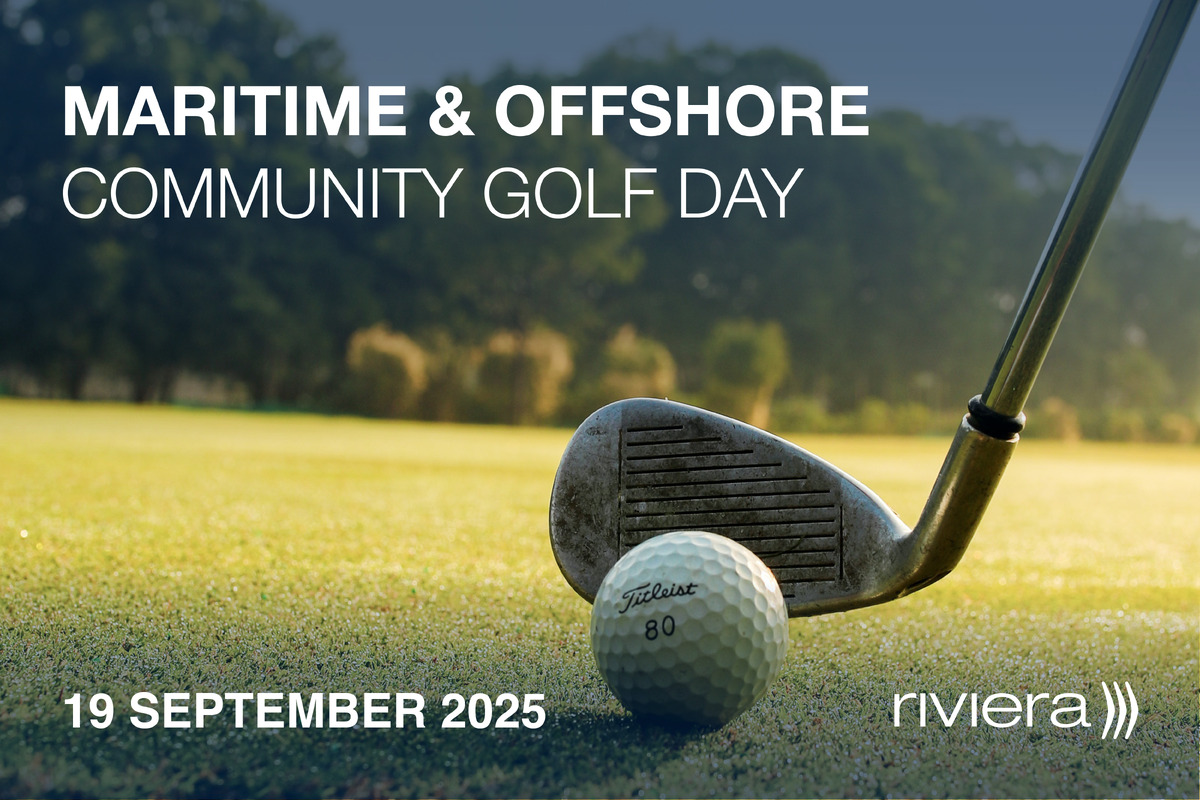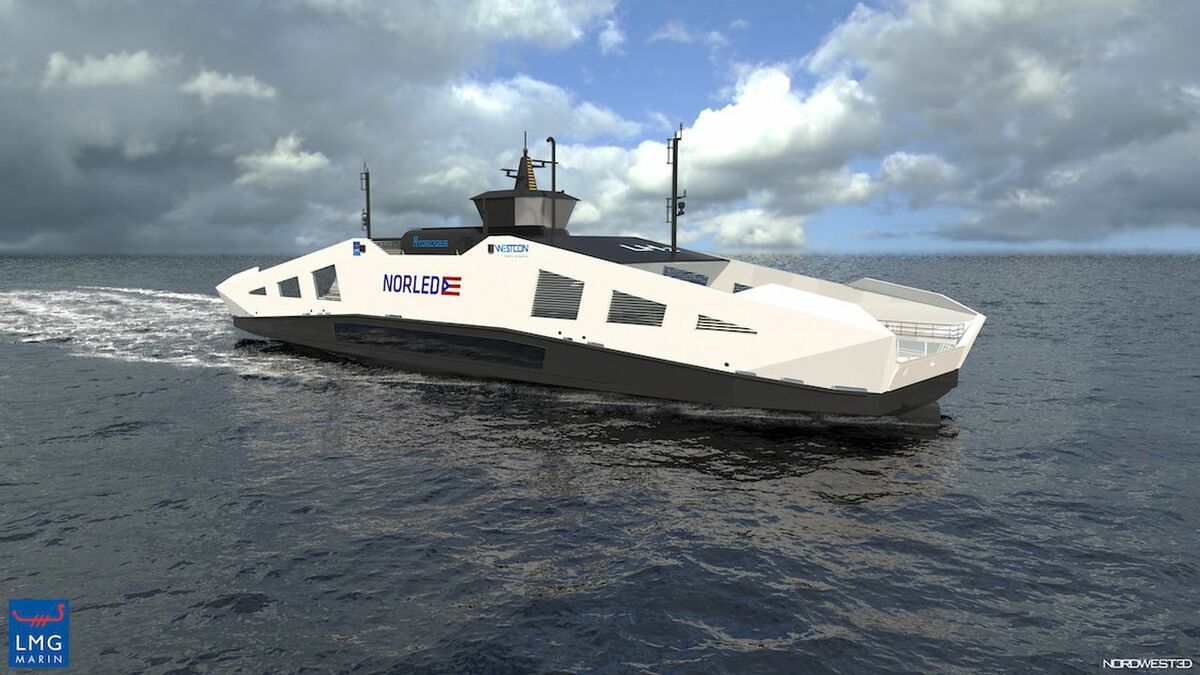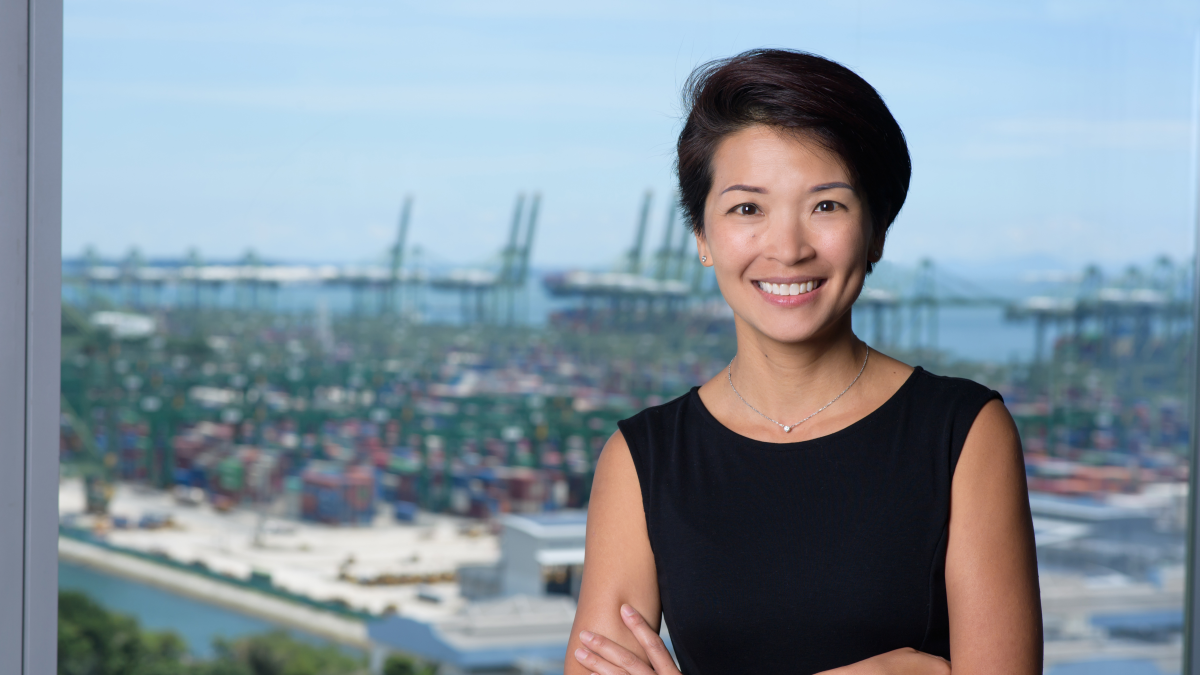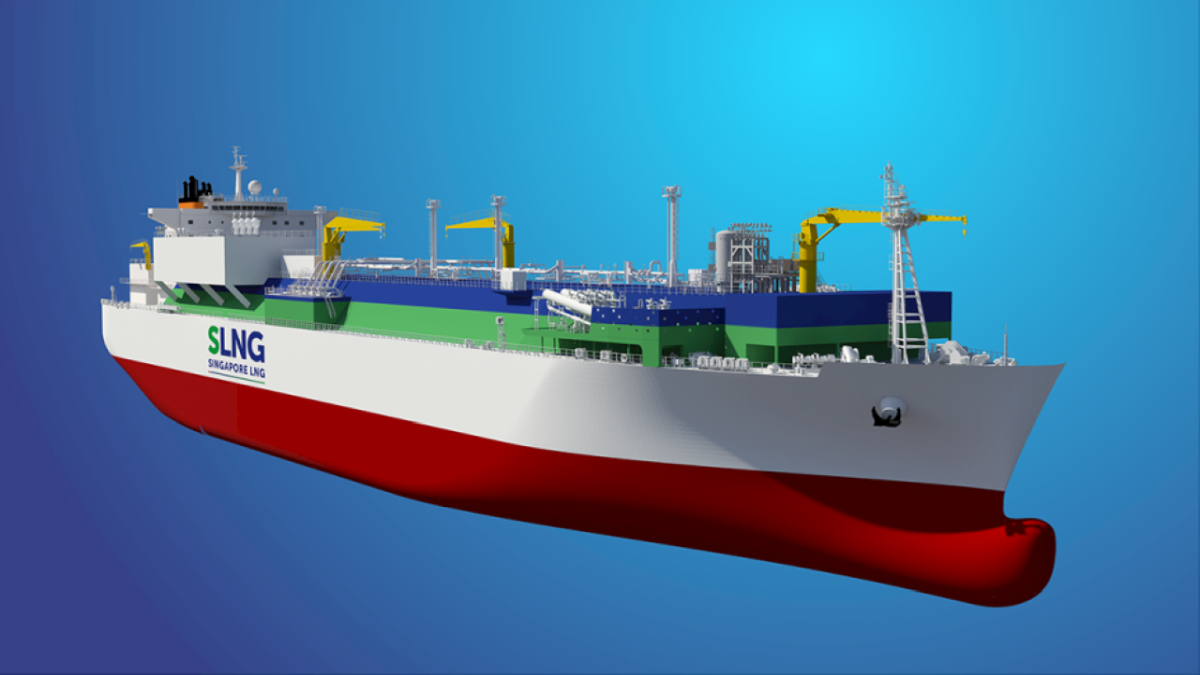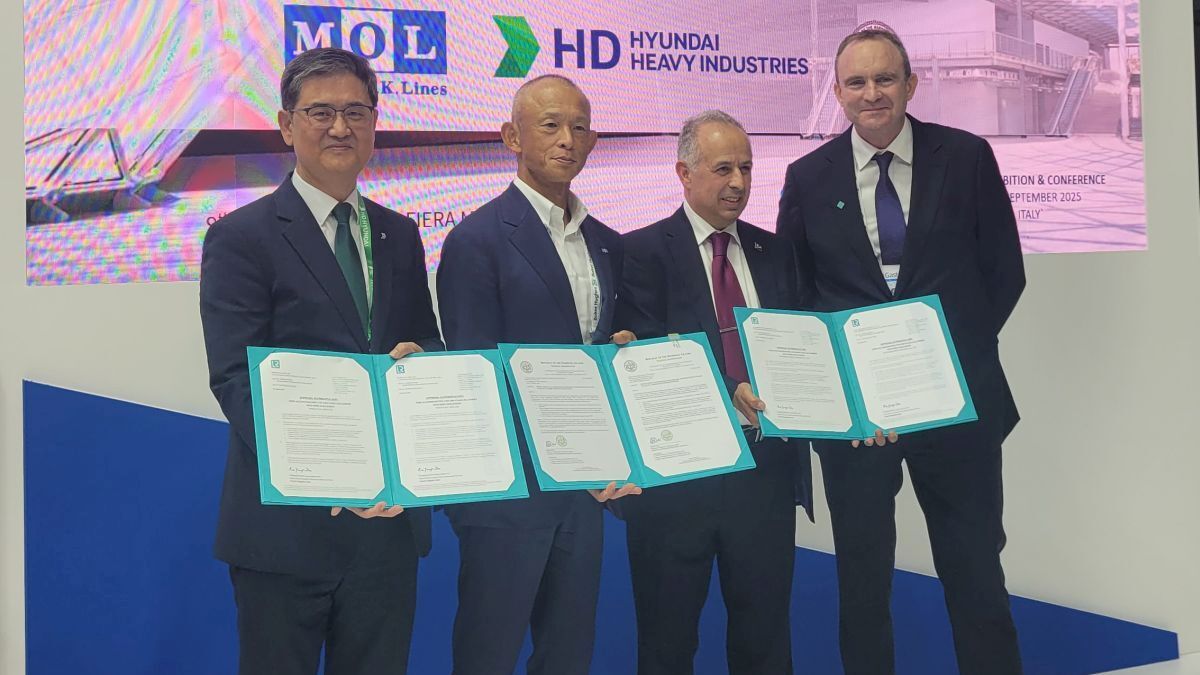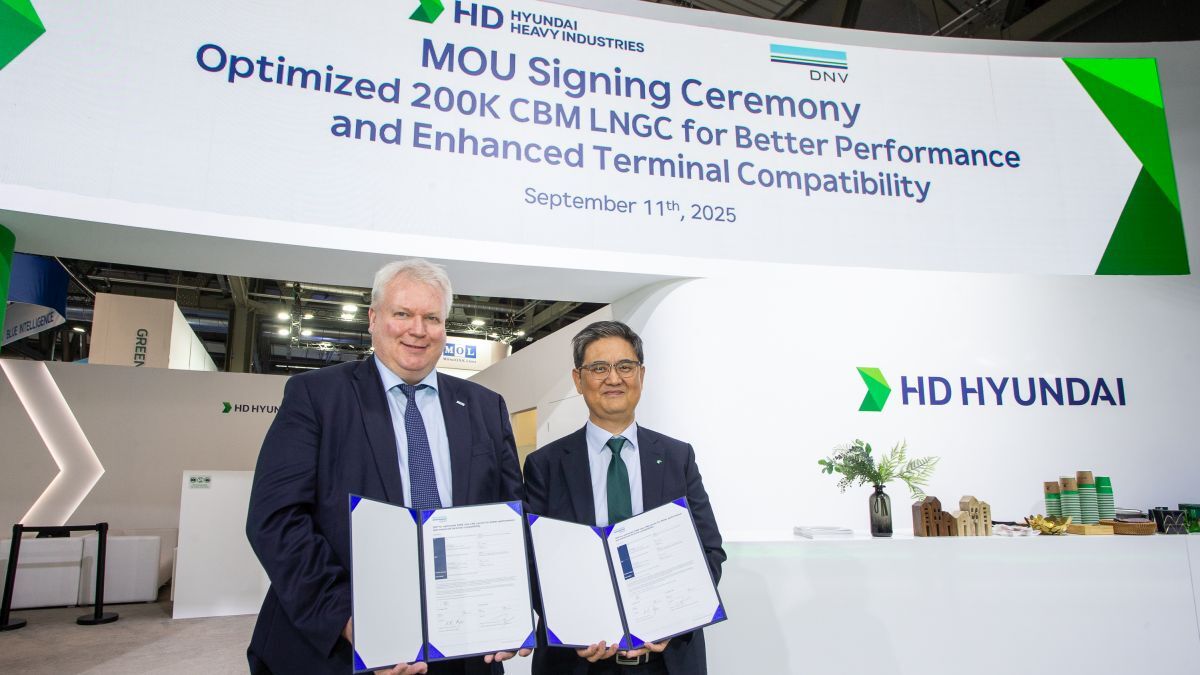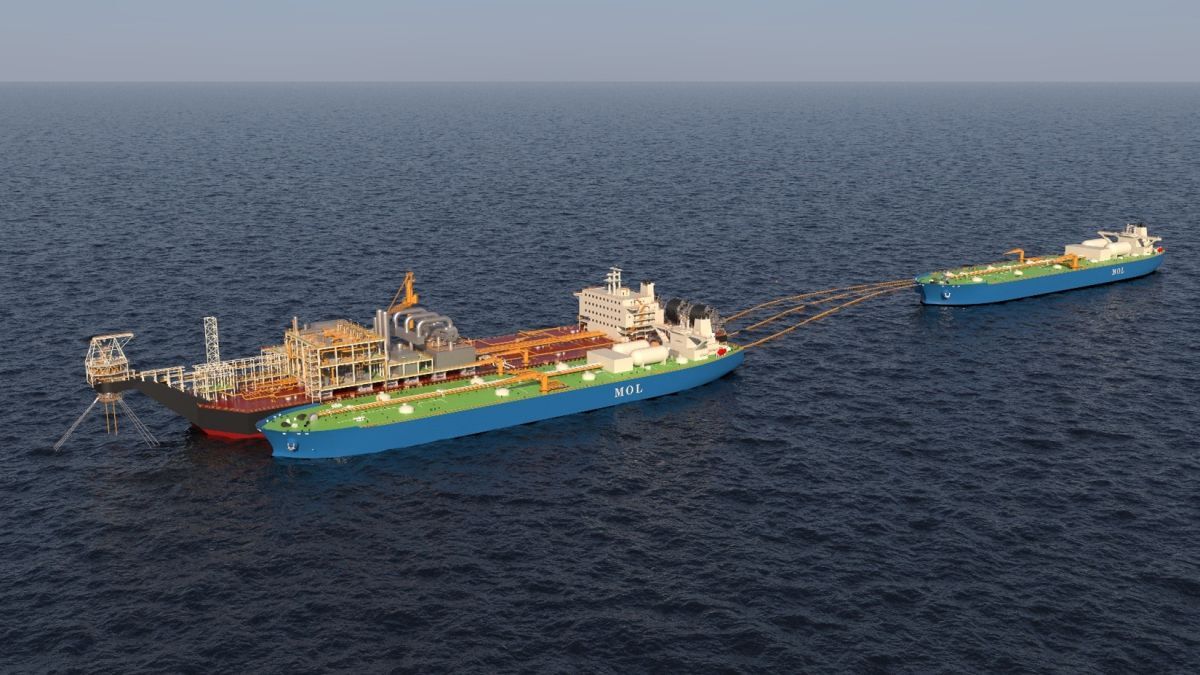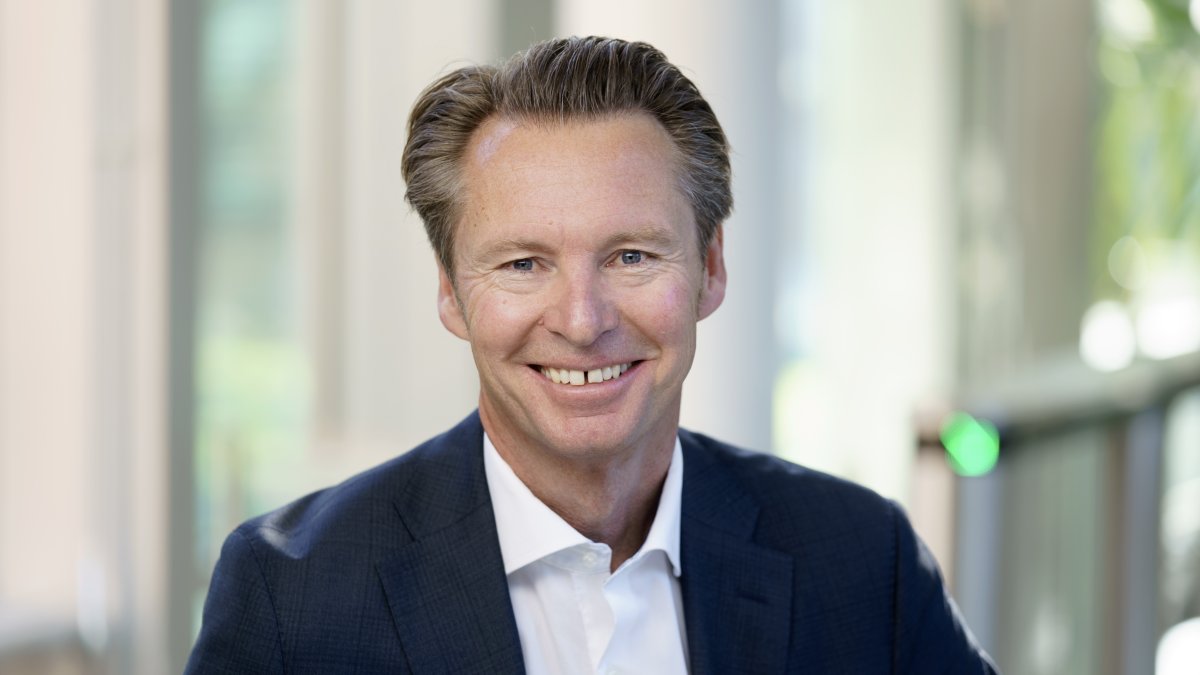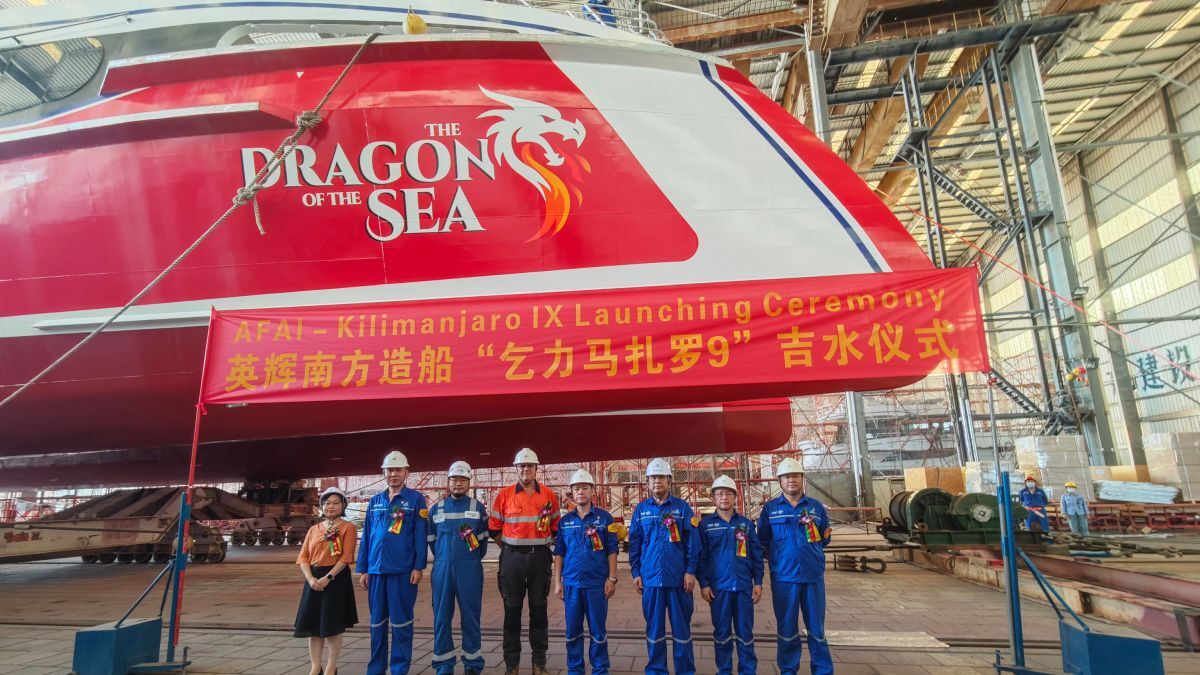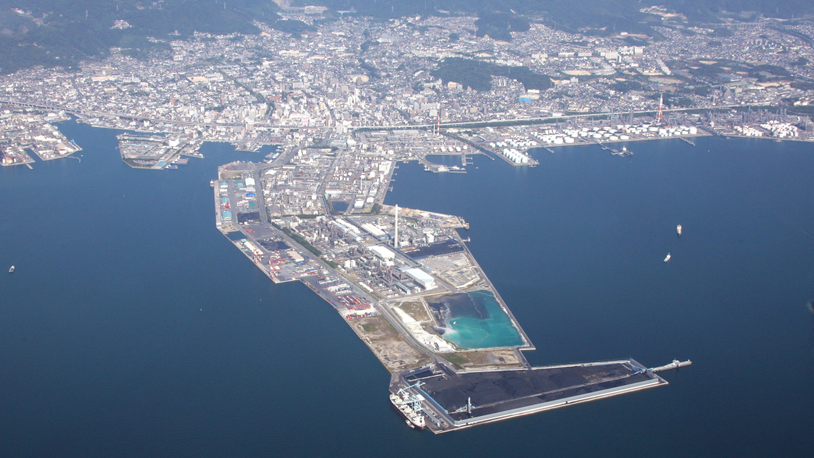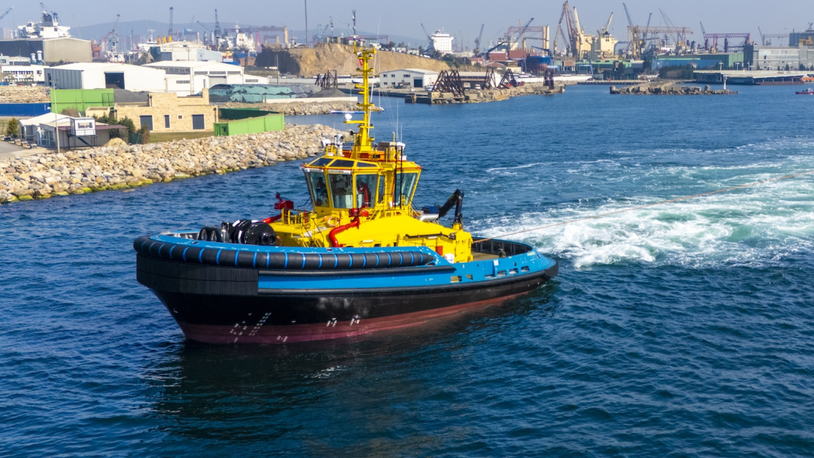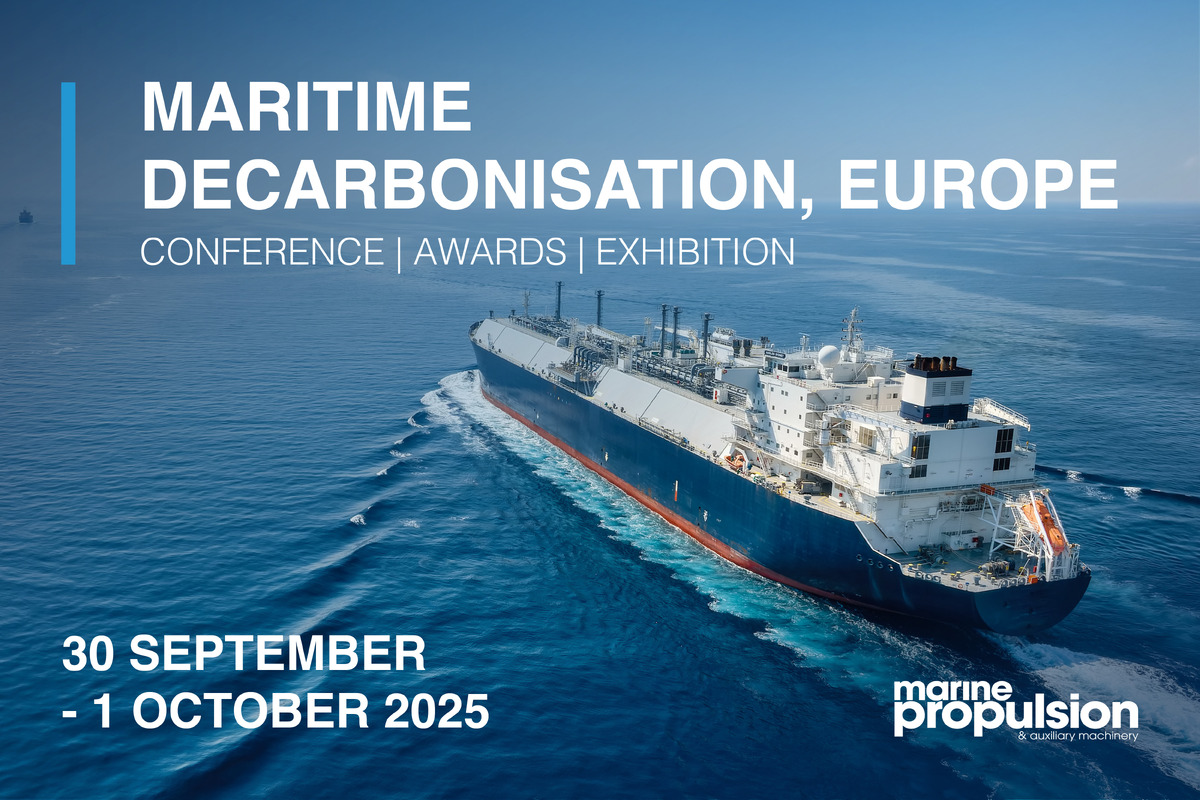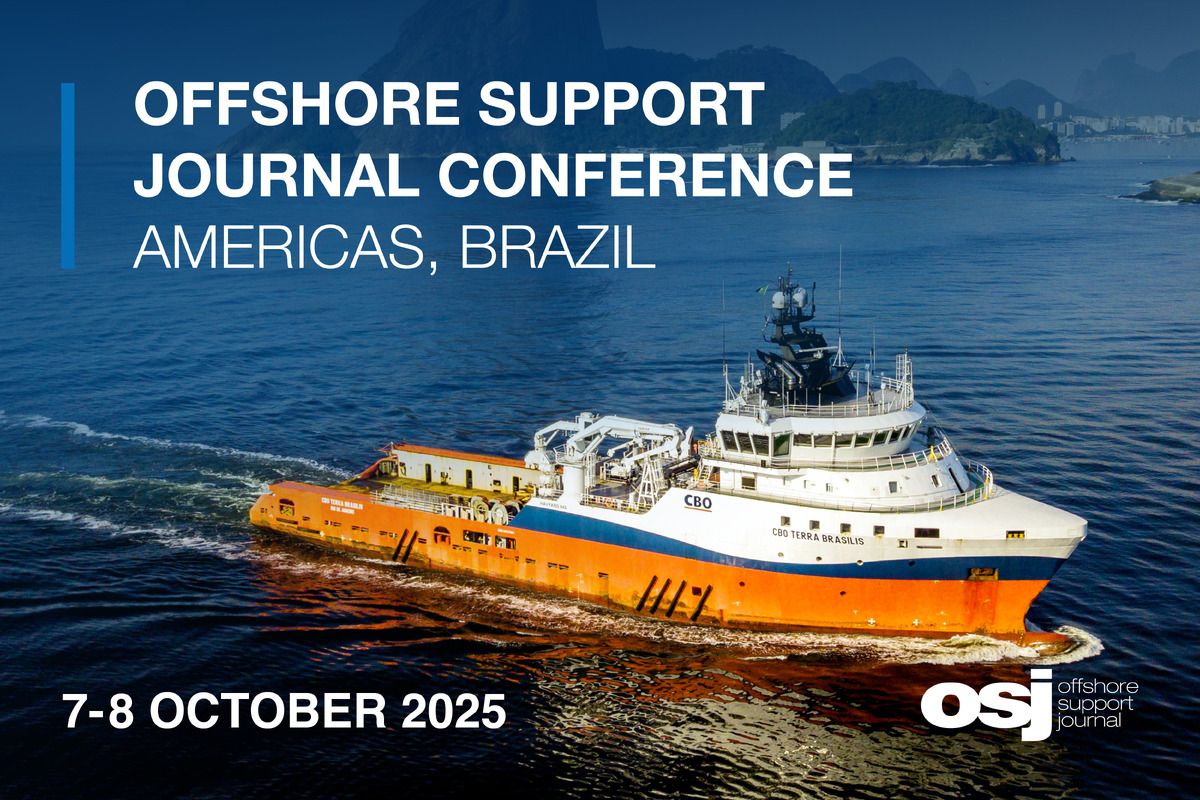Business Sectors
Contents
Fleets of hydrogen-fuelled passenger ships planned
Norwegian ferry operator Norled and Danish roro group DFDS both plan to order and operate hydrogen-fuelled ships, attendees of Riviera’s Maritime Hydrogen and Fuel Cells, Europe virtual conference were told
Norled is leading the way in developing hydrogen-powered car ferries with one scheduled to enter into service in 2021. The pioneering double-ender ferry is being built by Norwegian contractor Westcon to carry 80 cars and almost 300 passengers between Hjelmeland, Nesvik and Skipavik.
Norled project manager Ivan Østvik said this ferry will have two 200-kW Ballard fuel cell modules and hydrogen will be supplied by trucks. “We will need liquid hydrogen transported from Germany on trucks,” he said. “But we are working with two or three companies in Norway to develop liquid hydrogen bunkering,” said Mr Østvik.
This will be required as Norled plans to operate a fleet of hydrogen-fuelled ferries in the mid- and long-term future.
“We are working with Wilhelmsen to develop a car ferry for coastal routes, we are sharing our knowledge and developing supply chains,” said Mr Østvik.
While speaking in a chat room, he said there could be a need for 6-8 tonnes of hydrogen bunkering per day in Norway by 2025 and daily requirements could be two to three times higher than that by 2030.
“We will need quick hydrogen production, development, transportation and distribution for effective ship bunkering,” said Mr Østvik.
He also expects classification and regulatory approvals to come in 2021 to enable the world’s first hydrogen-powered car ferry to operate.
DFDS is considering a fleet of hydrogen-powered roro ships to come into operation during the next two decades as part of its strategy to be carbon neutral by 2050. It has kick-started a project to introduce a large 1,800-passenger hydrogen fuel cell-powered ferry for a key route between Denmark and Norway by 2027.
DFDS head of innovation and partnerships Jakob Steffensen said this could be just the beginning for cutting greenhouse gas emissions. “We are making good progress for improving energy efficiency on our existing fleet, with 45% reductions by 2030, but it will be more difficult to be zero carbon by 2050,” he said. “We will need to replace the existing fleet for this.”
DFDS intends to operate this ropax ferry on the Oslo–Frederikshavn–Copenhagen route with 23-MW fuel cells and 44 tonnes of hydrogen storage on board. Other partners in the project are ABB, Ballard Power Systems, Hexagon Purus, Lloyd’s Register, Knud E Hansen, Ørsted and Danish Ship Finance.
“We will bunker in Copenhagen with 44 tonnes of compressed hydrogen,” said Mr Steffensen. “There is short period of time to operate this ferry from 2027. It usually takes five to six years to design and build a passenger ferry.”
Mr Steffensen said there was still much to learn for this project including overcoming technical, infrastructure, regulatory and classification challenges.
“There is a lack of [hydrogen] bunkering infrastructure,” he explained. “We need to be engaged in how to get hydrogen on board our ship.”
Mr Steffensen continued, “To get hydrogen as cheap as possible, we are going for compressed hydrogen, but this has a limited range for normal operations.”
Project partners have applied for support from the EU’s Innovation Fund as DFDS expects costs for constructing and operating this ferry will be far higher than one run on conventional fuel.
“We see the biggest pain point will be costs, with green fuels some four-times more expensive than black fuels,” said Mr Steffensen. “The propulsion package and hydrogen storage will be seven-times more expensive. The costs of fuel will make or break the business case.”
Hydrogen European research, innovation and funding manager Grzegorz Pawelec explained to attendees the costs of future fuels versus conventional marine gasoil.
He said hydrogen can be the feedstock for several liquid synthetic fuels, ammonia and methanol for oceangoing shipping.
“For shortsea shipping regularly going between two points such as ropax ferries, liquid hydrogen is manageable and fuel cells are more efficient than engines,” said Mr Pawelec.
“But for deepsea applications, synthetic fuels will be preferable options and ammonia will be cheapest of these.”
Mr Pawelec thinks there will be considerable shift in maritime fuels over the next few decades. “Ammonia will be 90% of the market, liquid hydrogen about 9% and only 1% will use compressed hydrogen,” he said.
Riviera’s Maritime Hydrogen and Fuel Cells, Europe highlights the latest industry intelligence, initiatives and developments in the alternative maritime fuels sector in Europe.
Related to this Story
Events
Maritime & Offshore Community Golf Day 2025
Offshore Wind Webinar Week
Maritime Decarbonisation, Europe: Conference, Awards & Exhibition 2025
Offshore Support Journal Conference, Americas 2025
© 2024 Riviera Maritime Media Ltd.
